Expansion of E-commerce Platforms
The expansion of e-commerce platforms is reshaping the retail landscape for the Wetsuits Market. With the rise of online shopping, consumers now have greater access to a wide range of wetsuit options from various brands. This shift is particularly beneficial for niche brands that may not have a strong presence in traditional retail outlets. Data indicates that online sales of sporting goods, including wetsuits, have been on the rise, suggesting a shift in consumer purchasing behavior. The convenience of online shopping, coupled with the ability to compare prices and read reviews, is likely to drive more consumers to purchase wetsuits online. As a result, the growth of e-commerce is expected to significantly impact the Wetsuits Market in the coming years.
Rising Participation in Water Sports
The increasing participation in water sports such as surfing, diving, and triathlons appears to be a primary driver for the Wetsuits Market. As more individuals engage in these activities, the demand for high-quality wetsuits is likely to rise. According to recent data, the number of people participating in water sports has seen a steady increase, with millions of enthusiasts worldwide. This trend suggests that manufacturers may need to innovate and expand their product lines to cater to diverse consumer preferences. Furthermore, the growth of water sports events and competitions could further stimulate the wetsuit market, as athletes require specialized gear to enhance performance and comfort. Thus, the rising participation in water sports is a significant factor influencing the Wetsuits Market.
Technological Innovations in Wetsuit Design
Technological advancements in wetsuit design and materials are transforming the Wetsuits Market. Innovations such as the development of lightweight, flexible neoprene and thermal insulation technologies are enhancing the performance and comfort of wetsuits. For instance, some manufacturers are now utilizing eco-friendly materials that not only improve thermal efficiency but also appeal to environmentally conscious consumers. The introduction of smart wetsuits equipped with sensors to monitor body temperature and performance metrics is also gaining traction. This trend indicates that the wetsuit industry is evolving to meet the demands of modern consumers who seek both functionality and sustainability. As a result, technological innovations are likely to play a crucial role in shaping the future of the Wetsuits Market.
Growing Awareness of Environmental Sustainability
The increasing awareness of environmental sustainability is influencing consumer choices within the Wetsuits Market. As consumers become more conscious of their ecological footprint, there is a growing demand for wetsuits made from sustainable materials. Brands that prioritize eco-friendly production processes and materials are likely to attract a more environmentally aware customer base. Recent studies indicate that a significant percentage of consumers are willing to pay a premium for sustainable products, which could lead to a shift in market dynamics. This trend suggests that manufacturers may need to adapt their strategies to incorporate sustainable practices in order to remain competitive. Consequently, the focus on environmental sustainability is emerging as a key driver in the Wetsuits Market.
Increased Investment in Water Sports Infrastructure
The increased investment in water sports infrastructure is likely to bolster the Wetsuits Market. Governments and private entities are investing in facilities such as surf parks, diving centers, and marinas, which could enhance the accessibility and popularity of water sports. This trend may lead to a surge in participation rates, as more individuals are encouraged to engage in water activities. Additionally, the establishment of training programs and events at these facilities could further stimulate demand for wetsuits. As infrastructure improves, the overall experience for water sports enthusiasts is expected to enhance, potentially leading to increased sales in the wetsuit market. Therefore, the investment in water sports infrastructure is a notable driver for the Wetsuits Market.


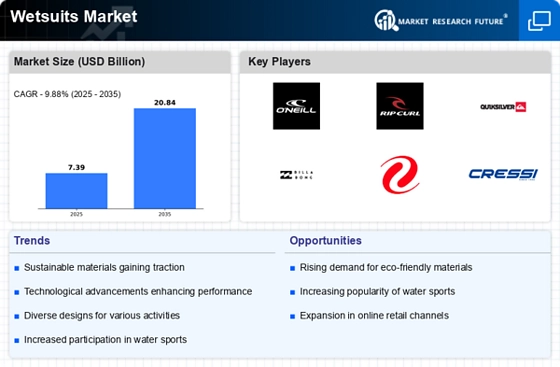
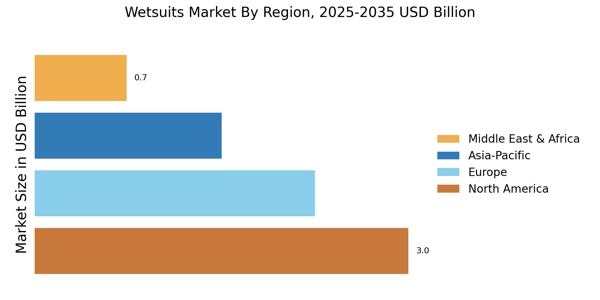
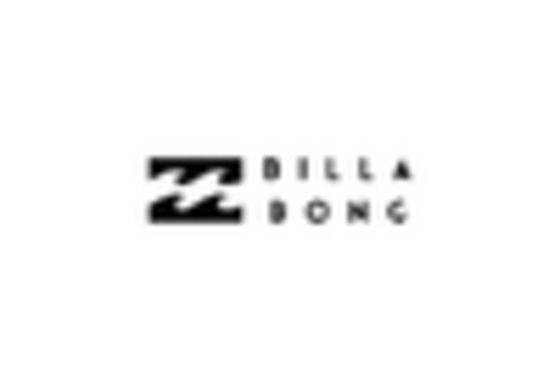
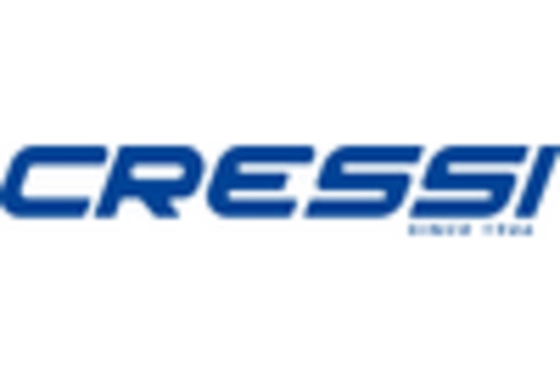
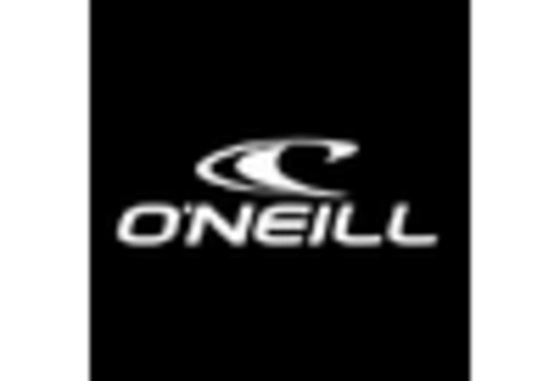
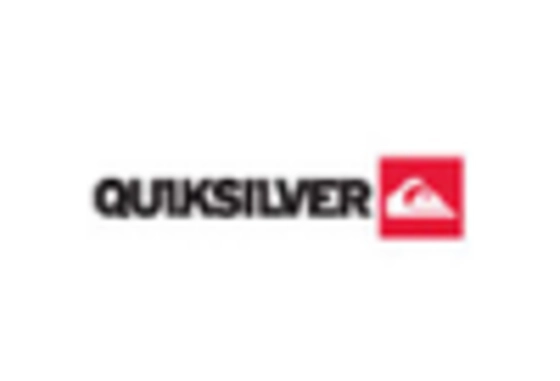
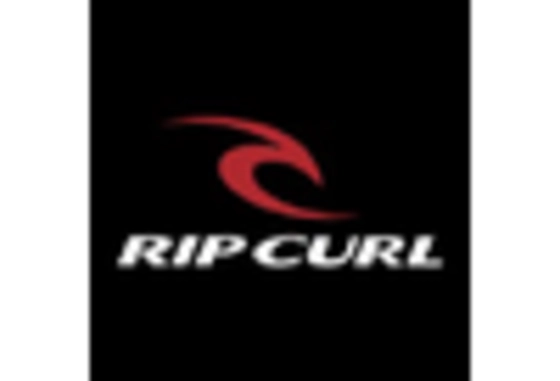
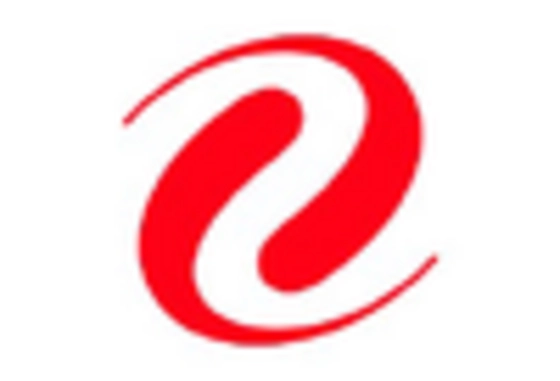








Leave a Comment